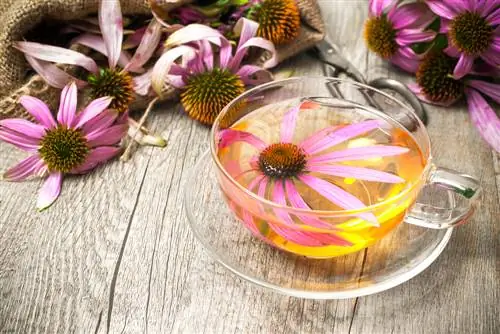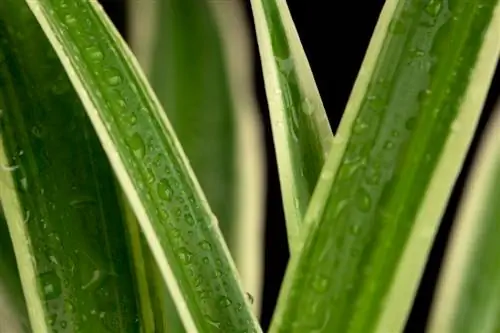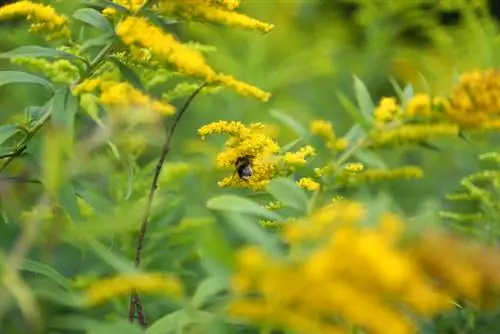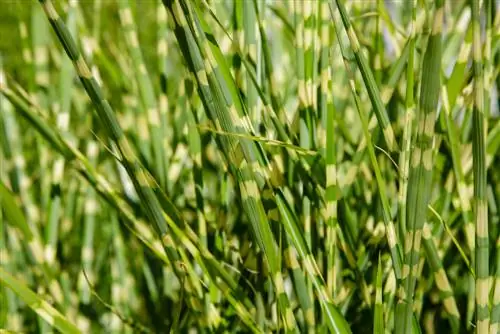- Author admin [email protected].
- Public 2023-12-16 16:46.
- Last modified 2025-01-23 11:22.
From summer to autumn, the coneflowers elegantly stretch up their flower heads, which are reminiscent of small hedgehogs after they have faded, and attract numerous bees. But can you safely plant this beautiful ornamental plant in the garden or is it poisonous?

Is the coneflower poisonous to humans and animals?
The coneflower (Echinacea and Rudbeckia) is non-toxic to humans and animals and can be planted in the garden without hesitation. The plant is edible and is even valued for its healing properties, such as strengthening the immune system.
Does the coneflower contain substances that are toxic to humans?
The coneflower containsno substances that are toxic to humans. This has now been proven in several scientific studies. You can therefore plant the coneflower in your garden safely.
This applies on the one hand to the purple coneflower, also known as the purple coneflower (Echinacea). On the other hand, the yellow coneflower, also known as the common coneflower (Rudbeckia), is completely non-toxic to humans. As a rule, however, when the term coneflower is used in the trade, they are talking about Echinacea.
Is the coneflower poisonous to animals?
Echinacea and Rudbeckia are just asnon-toxic for animals as they are for humans. Cats, dogs, rabbits, etc. are allowed to nibble on these plants if they don't mind. Echinacea is even recommended as a medicinal plant in the feed of horses.
Can the coneflower be eaten safely?
The coneflower (Echinacea) can be consumed without any concerns because all parts of the plant are free of toxins.
Children in particular tend to pick the beautiful flowers of this perennial and then put their hands in their mouths. No problem. This plant is edible. You can pick off the aromatic petals when the coneflower is blooming, dry them and later use them for tea, for example. The leaves can also be collected.
To what extent is the coneflower actually healing?
Echinacea is considered medicinal because it contains a lot of ingredients that, among other things, are said to strengthen thedefenses. For this reason, this plant is often used in homeopathy.
What are the effects of eating coneflower?
If you eat the coneflower (Echinacea), you can eliminatepathogenssuch as bacteria, fungi and virusesAn application can, for example, help against colds and inflammations. Therefore, this plant was previously viewed as a medicinal plant and was used for poorly healing wounds, insect bites and various skin infections. In North America it was the medicinal plant of choice for snake bites. Internally, the sun hat also helps with pain. If you want to use its healing powers, you can make a tincture from the leaves or roots.
Tip
Beware of confusion with Pericallis
The coneflower looks similar to the Pericallis hybrids. If you are not sure whether it is actually a coneflower, be careful. In contrast to the coneflower, the Pericallis hybrids are poisonous.






